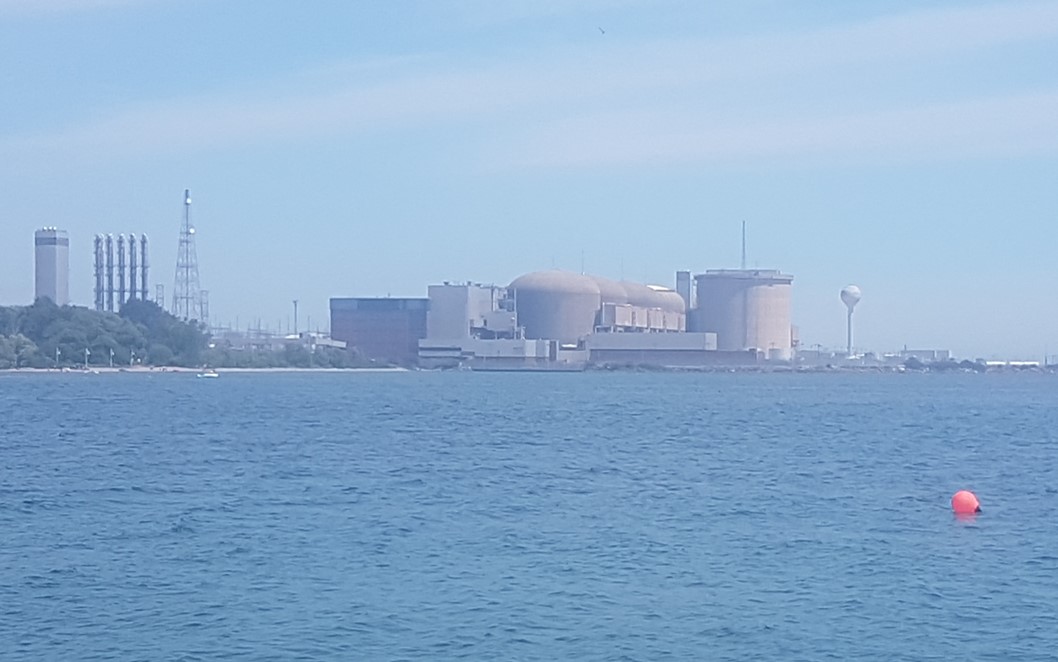CANDU owners take latest step in cross-industry coordination
While some civil nuclear energy projects struggle with a sector that is often disjointed and disorganized, Canada’s CANDU Owners Group (COG) has taken its latest step in improving cross-industry and international co-operation through an accord with the Nuclear Energy Agency (NEA).

Related Articles
In October, COG signed a Memorandum of Understanding (MoU) with the Organization for Economic Co-operation and Development’s Nuclear Energy Agency (NEA) to “co-operate in research and activities related to pressurized heavy water reactor (PHWR) technology … to advance the scientific and technical knowledge base for PHWRs and foster co-operation amongst research organizations that support PHWRs.”
The CANDU (Canada Deuterium Uranium) reactor is a well-established, grid-connected technology that was first introduced in Canada as a ZEEP (Zero Energy Experimental Pile) reactor just after the end of World War II and today generates around 15% of the country’s total electricity with 19 reactors in operation.
The first was just 22 MWe while the second was the Douglas Point reactor, at 200 MWe, which ran from 1968 to 1984. The two reactors were a success and led to the construction of the first multi-unit station in Pickering in 1971 with a capacity of 600 MWe.
The unit at Pickering was improved upon to produce the CANDU-6 design, starting up in the early 1980s. This laid the path for the CANDU-9 reactor by Bruce Power, at 900 MWe. By the 1980s, the technology had been taken on in India and now are also in use in China, South Korea, Romania, Pakistan, and Argentina.
 (Source: Canadian Nuclear Association)
(Source: Canadian Nuclear Association)
Favored Canadian Technology
Since PHWR uses unenriched Uranium as a fuel, it needs a more efficient moderator - the material in the reactor core that slows down the neutrons released from fission so they cause more fission and sustain the chain reaction - such as heavy water or deuterium oxide (D2O), which is also used as the coolant.
The reactor has its advantages – the fuel doesn’t need to be enriched, the vessel is cheaper as it doesn’t need to withstand high pressures, the moderator can be kept at low temperatures, which increases its effectiveness in slowing down neutrons and, since heavy water is such as a good moderator, the PHWR has low fuel consumption.
Through COG’s efforts to expand and feed the industry, CANDU reactors have become a favored nuclear technology in Canada which is now also looking more closely at the role small modular reactors and advanced reactors can play in the country’s push to become carbon-neutral by 2050.
“The CANDU Owners Group has been facilitating collaboration amongst its members to strengthen performance of CANDU plants for 36 years. Together our members (CANDU operators worldwide) undertake about $65 million, annually, in research and joint projects,” says COG’s President and CEO Stephanie Smith.
“By pooling resources and bringing together collective knowledge and expertise, our members have gained exponential results that would be difficult to achieve alone.”
The accord builds on other existing partnership agreements with the Canadian Nuclear Association (CNA), Organization of Canadian Nuclear Industries (OCNI) and the University Network of Excellence in Nuclear Engineering (UNENE) in Canada and with the Electric Power Research Institute (EPRI) and the International Atomic Energy Agency (IAEA) internationally.
“There are lots of players on the field and we know that any significant initiative requires a lot of parties coming together and rowing in the same direction,” says Diane Cameron, Director of Nuclear Energy Division at the government ministry Natural Resources Canada.
Many countries face challenges in bringing together different actors such as the utilities with the national labs and the universities with industry and supply chains, Cameron notes.
“It’s a best practise in Canada that we can bring to the international community,” she says.
Leveraging skills
The country’s CAN$26 billion ($19.8 billion) refurbishment plan for Ontario’s CANDU fleet and the accession of Romania and Argentina (both CANDU owners) to the NEA in 2017 are a confluence of trends that helped bring COG and the NEA together to leverage each others’ skills, she says.
Canada’s close-knit nuclear community has meant COG has managed to build on its domestically focused research programs. The MoU extends that expertise to its international partners while the NEA helps build collaboration between the different laboratories and countries.
“COG already brings together these countries from the operational perspective … but we’ve wanted to broaden the ability of countries to provide that kind of support themselves. It’s a win-win. We at the NEA build support for the countries and COG gets a support base that it can leverage in supporting the utilities which are their members,” says Andrew White, Senior Nuclear Safety Analyst at the OECD’s NEA.
“You have this really strong community focus in the CANDU tech base so we’re taking that strong community base and we’re expanding it to a global basis and helping their networks in their countries come together.”
The planned work as part of the MoU, with its focus on the effects of low dose radiation, how a reactor may degrade during a severe accident, waste management, decommissioning and security, are matters for the whole nuclear industry.
“We need to work together on these urgent challenges (of meeting the world’s energy goals), especially as they also represent opportunities to build the foundation for a better future. MoUs, like this one, provide frameworks to help us do that,” says COG’s Smith.
By Paul Day
